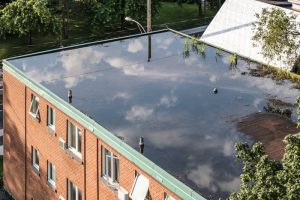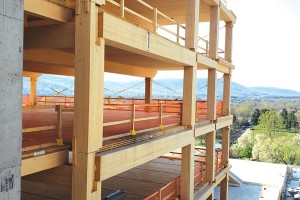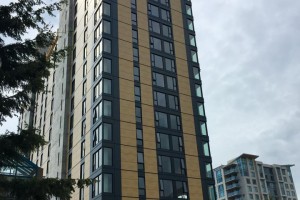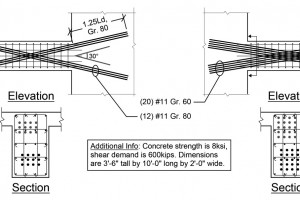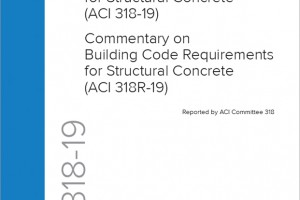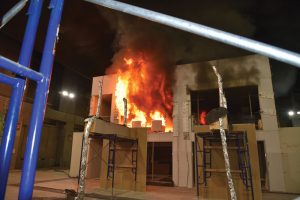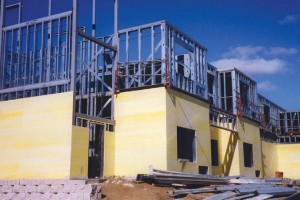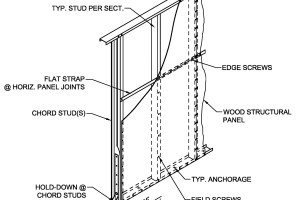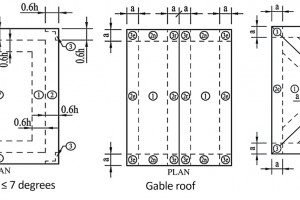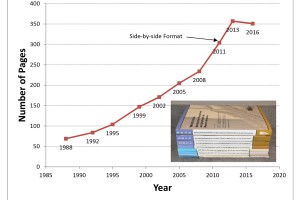Secondary drainage system rain loads have been updated in the 2021 International Building Code® (IBC) to be consistent with ASCE 7-16, Minimum Design Loads and Associated Criteria for Buildings and Other Structures. The following text shows the specific change in the 2021 IBC. Strike-through indicates deleted text and underlined denotes new text.
…Review Category : Code Updates
A Variety of Approaches
States and municipalities eager to allow taller mass timber buildings are considering adopting the mass timber provisions in the 2021 International Building Code (IBC). Many have recently finished the adoption of the 2018 I-codes and would otherwise wait several more years to incorporate construction types IV-A, IV-B, and IV-C into their building codes to allow mass timber buildings up to 18 stories tall.
…How Tall Mass Timber Touches the Sky and Matches the Fire Performance of Traditional Non-Combustible Construction Types
With the adoption of the 2021 International Building Code (IBC), municipalities across the United States will have the ability to build wood buildings taller than ever before. With three new types of construction, Type IV-A, IV-B, and IV-C, mass timber buildings will allow design professionals to erect wood buildings up to 18 stories in height. Figure 1 represents the maximum permitted number of stories under the Type IV-A code change. While these structures are constructed from wood, they are not conventional light-frame construction, and the structural behavior and fire resistance of mass timber structures are not comparable to light-frame construction. …
Building Code Requirements for Structural Concrete
The American Concrete Institute (ACI) published ACI 318-19, Building Code Requirements for Structural Concrete, in June 2019. This edition of ACI 318 is the first to be published since the format of ACI 318 was reorganized in 2014. It includes new and updated code provisions as well as color illustrations and interactive links in its online version. …
Historic Action by ICC Follows Ad Hoc Committee Recommendations
The 2021 International Building Code (IBC) will introduce three new types of construction for fire-resistance-rated mass timber structures, the first significant addition to the types of construction in many years. Although still considered combustible construction, the structural frames of these buildings are designed for integrity in the unlikely event of fire exposure. …
Determining Components and Cladding Roof Design Pressures
Component and cladding (C&C) roof pressures changed significantly in ASCE 7-16, Minimum Design Loads and Associated Criteria for Buildings and Other Structures. For flat roofs, the corner zones changed to an ‘L’ shape with zone widths based on the mean roof height and an additional edge zone was added. …
Changes to the Masonry Code
A new edition of Building Code Requirements for Masonry Structures and Specification for Masonry Structures was published in 2016 (Figure 1). In addition to technical updates, there were four non-technical changes. The first is that the code and specification are now solely sponsored by The Masonry Society (TMS) and are known as TMS 402 (formerly also designated as ACI 530 and ASCE 5) and TMS 602 (formerly also designated as ACI 530.1 and ASCE 6), respectively. …

